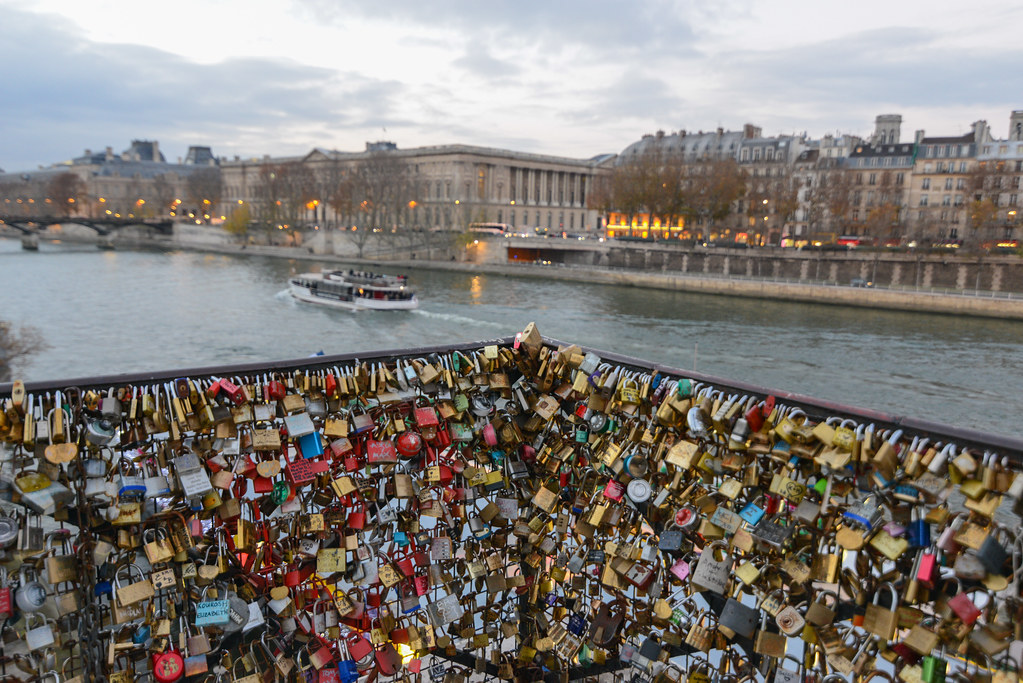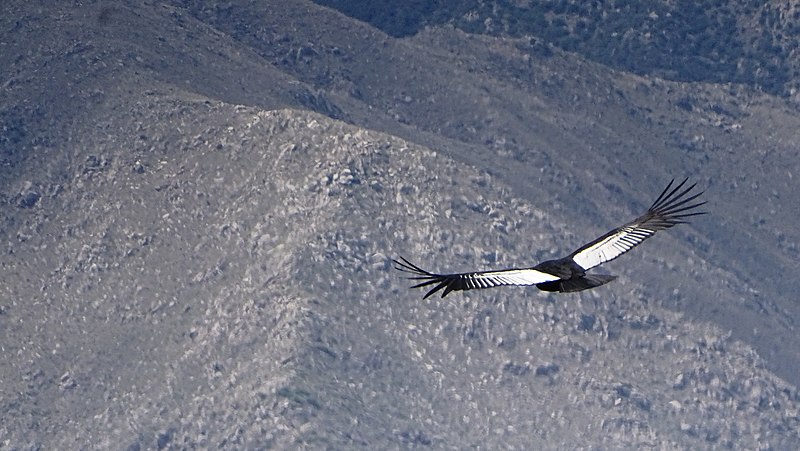You may have seen pictures of bridges, fences, or gates covered with padlocks of different shapes and colors. These love locks are a popular way for couples to express their eternal devotion to each other. But did you know that this romantic gesture can also have a negative impact on the environment?
Love locks can damage the structures they are attached to, causing them to rust, crack, or collapse. This can endanger the safety of people and animals who use or live near these structures. You don’t think of a padlock as a heavy object, but in 2015, Paris—the city of love and romance– removed about one million locks from the Pont des Arts bridge, weighing 45 tons, because they posed a risk to the structure and the safety of pedestrians and boats. The city also launched a campaign to discourage tourists from leaving love locks on other bridges or monuments.

In Rome, the Eternal City, the famous Ponte Milvio, where a scene from a popular novel and movie showed a couple locking a padlock and throwing the key into the Tiber river, sparked a love lock frenzy and in 2012, the city banned love locks from the bridge, citing aesthetic and structural reasons. They removed about 2,000 pounds of locks. The city also fined anyone who tried to attach a lock to the bridge or any other public place.
In New York City the Brooklyn Bridge is the prime destination for couples to seal their eternal love, but the city considers love locks an act of vandalism and a hazard to the bridge and its visitors. The city regularly removes the locks and urges people to find other ways to celebrate their love.
The misguided practice can create waste and pollution, as they are often made of metal and plastic that are not biodegradable. When these locks are cut off or fall off, they end up in landfills or waterways, where they can harm wildlife and ecosystems. Some people also throw away the keys to their locks, adding more metal to the environment.

Now the trend has spread to the Grand Canyon National Park and rangers are desperate to put a halt to it.
In the Grand Canyon love locks are posing a particular threat to the magnificent condor, an endangered species that lives in or near the water or the canyon where the keys are thrown. Condors are attracted to shiny objects and may ingest coins, wrappers or keys. These can get stuck in their digestive systems and cause death.
Park officials posted a strong warning on social media: “Love is strong, but it is not as strong as our bolt cutters.”
“Condors are not meant to digest metal and many times cannot pass these objects,” they added.
The post included an X-ray image of a condor which showed “coins lodged in the digestive tract” of the giant raptor.
“This bird had to be operated on to clear the obstructions. If a condor ingests too many objects like this, it could die.”
California condors are one of the most endangered bird species in the world and were placed on the federal endangered species list in 1967.












